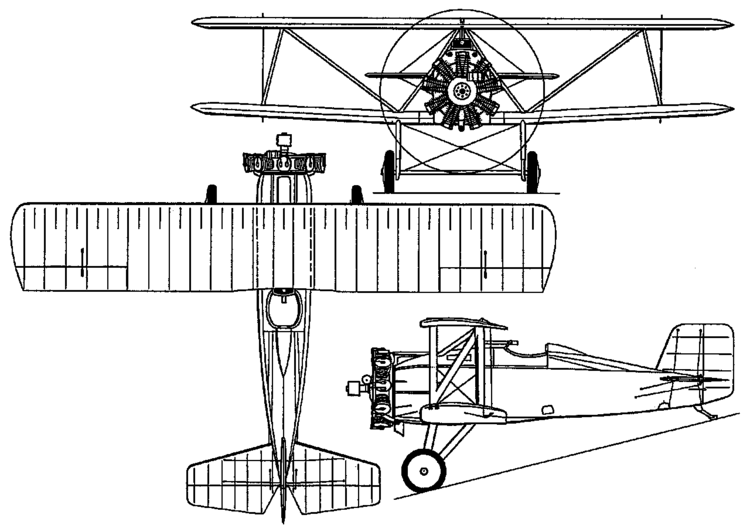Top speed 198 km/h Length 6.73 m Designer Rex Buren Beisel | Wingspan 7.62 m Retired 1929 | |
 | ||
Manufacturers Naval Aircraft Factory, Curtiss Aeroplane and Motor Company | ||
Development of naval aircraft factory ts top 6 facts
The Naval Aircraft Factory TS-1 was an early biplane fighter aircraft of the United States Navy, serving from 1922-1929.
Contents
- Development of naval aircraft factory ts top 6 facts
- Development
- Operational history
- Variants
- Operators
- Survivors
- Specifications TS 1
- References
Development
While the Vought VE-7s were serving the Navy well in the early 1920s, they were not originally designed as fighters. The Naval Aircraft Factory came up with a simple design driven by a 200 hp (150 kW) Lawrance J-1 air-cooled radial engine. Its boxy fuselage was suspended between the upper and lower wings (essentially having both dorsal and ventral sets of cabane struts), with the center area of the lower wing enlarged to accommodate a fuel tank.
The NAF provided Curtiss with the plans to build the aircraft, and the result, designated TS-1, arrived at Anacostia on May 9, 1922. The TS-1 from Curtiss was delivered with wheels, so the NAF also designed wooden floats to enable their use on vessels other than aircraft carriers. Testing went well, and in late 1922 the Navy ordered 34 planes from Curtiss, with the first arriving on board the USS Langley (CV-1) in December. The NAF built another five themselves, as a test of relative costs, as well as four more used to experiment with water-cooled inline engines.
Two all-metal versions of the aircraft, F4C-1s, were developed by Curtiss. This aircraft made its first flight on September 4, 1924. The wings had tubular spars and stamped duraluminum ribs, the fuselage was constructed of duraluminum tubing in a Warren truss form. Compared to the TS-1, the lower wing was raised to the base of the fuselage. The F4C-1 was armed with two .30 in (7.62 mm) machine guns and was powered by a 200-hp nine-cylinder Wright J-3 radial.
Operational history
In addition to operating from the carrier deck, the TS-1s served for several years in floatplane configuration aboard destroyers, cruisers, and battleships. The aircraft were slung over the side by crane. Squadron VO-1 operated this way from 1922, and VF-1 flew its float-equipped TS-1s from battleships in 1925 and 1926.
The TS-1 was not universally liked by its crews. Positioning of the lower wing below the fuselage resulted in short wheel struts. This, and the wheel's placement close to each other caused considerable problems with ground looping.
Variants
Operators
Survivors
Specifications (TS-1)
Data from Gordon Swanborough, Peter M. Bowers: United States Navy aircraft since 1911. Naval Institute Press, Annapolis 1990 (ISBN 0-87021-792-5), p. 370.
General characteristics
Performance
Armament
1 fixed forward-firing 0.3 in Browning machine gun
